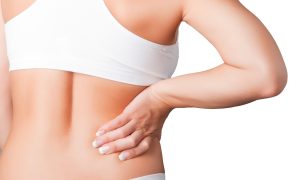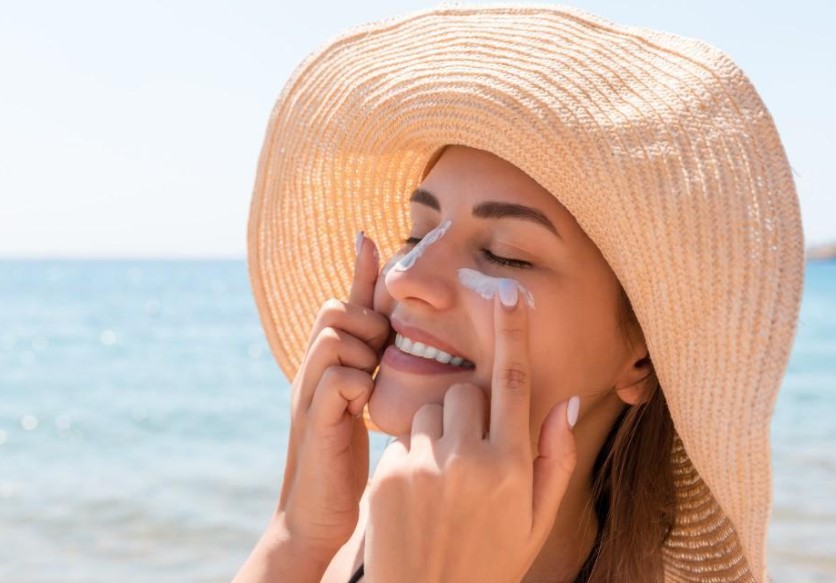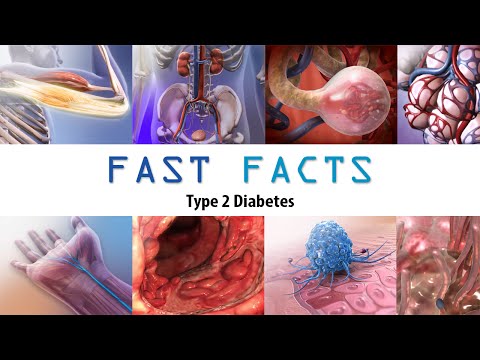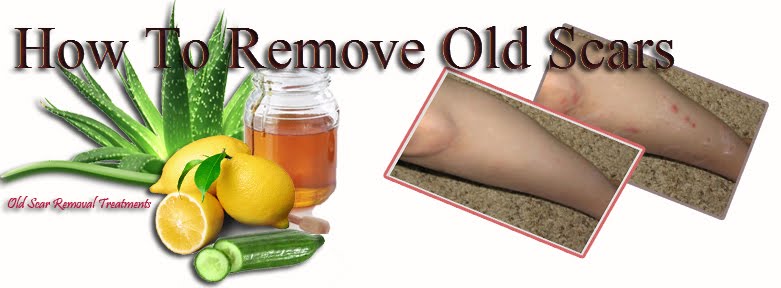To effectively lose weight on the face and achieve a slimmer appearance, consider integrating a comprehensive strategy that targets fat. A healthy diet rich in nutrients can significantly reduce fat and prevent excess facial fat. Coupling this with a 12-week aerobic exercise program can enhance the effectiveness of facial exercises, helping you lose face fat and prevent fluid retention.
Engaging in regular aerobic exercise not only aids in weight loss but also strengthens facial muscles, which can help make your face appear slimmer and define your jawline. Additionally, adopting tips to help maintain a healthy weight will facilitate the fat reduction process. A balanced diet, combined with targeted exercises, is essential for effectively managing excess body fat and ensuring that your face look toned and youthful.
What are the Best Ways to Reduce Facial Fat?

Reducing facial fat requires a multifaceted approach focusing on diet and exercise. One of the best ways to lose fat in the face is to maintain a calorie deficit, which can help you lose weight and reduce fat stores overall. Drinking water before a meal can also help you manage your body’s retention of water, which is sometimes misinterpreted as weight gain and fat. Adopting a balanced diet further supports weight management and can prevent facial fat accumulation.
It is worth noting that certain factors, such as genetics and lifestyle, make some individuals likely to have fat on the face and body. Engaging in exercises specifically designed for the face can help target fat loss and reduce a double chin. Additionally, maintaining a lower body fat percentage is crucial in the journey toward a slimmer face. To improve overall results, ensure you get more sleep, adhere to strict sourcing guidelines, and rely on peer-reviewed information when seeking advice on fat loss.
- Incorporate facial exercises to strengthen muscles and reduce fat.
Incorporating facial exercises into a daily routine can significantly strengthen muscles and reduce the appearance of excess fat. Fat is typically accumulated in various areas of the body, and people lose motivation when faced with challenges such as swelling and fluid retention. Research suggests that exercises can help target areas where facial fat is to maintain a youthful appearance. A systematic review and meta-analysis involving 24 overweight women indicated that a combination of diet and regular facial workouts can reduce facial fat, including the buccal fat pads.
Furthermore, managing overall body composition is essential, as it can contribute to facial aesthetics. Those striving for a slimmer visage should note that levels of the hormone ghrelin can affect feelings of hunger and fullness, ultimately influencing the tendency to increase facial fat. A consistent approach to fitness can lead to visible changes, giving your face a more toned and refined look. Dedication over time may yield profound results, allowing individuals to regain confidence and enhance their overall well-being.
- Focus on a diet rich in whole foods while limiting processed options.
Emphasizing a diet rich in whole foods is crucial for optimal health. Consuming natural foods helps manage overall fat levels in the body, which is essential for maintaining a healthy weight. Each day could significantly benefit from incorporating fresh produce, lean proteins, and whole grains, while limiting processed options that often contribute extra fat and empty calories. Research relies on peer-reviewed studies to demonstrate that a wholesome diet enhances health outcomes, including the face and skin quality, by reducing inflammation and promoting vitality.
Furthermore, it is vital to recognize that fat from one source can differ remarkably from another. Whole foods provide the necessary nutrients without the harmful additives found in processed alternatives. By prioritizing whole foods, one can avoid the detrimental effects of excessive consumption of processed items, fostering a more sustainable lifestyle that supports overall well-being.
- Manage stress levels, which can lead to increased fat and water retention in the face.
Effective stress management is crucial for overall well-being, as chronic stress can significantly impact physical appearance. Elevated stress levels contribute to the secretion of hormones such as cortisol, which can lead to increased fat and water retention in the face. This retention often manifests as puffiness, resulting in an unflattering, tired appearance.
Adopting strategies such as mindfulness, regular exercise, and adequate sleep can alleviate stress and improve the body’s physiological response. Prioritizing mental health enhances psychological resilience and fosters a more balanced and healthy physical state.
How Can Facial Exercises Help You Lose Face Fat?
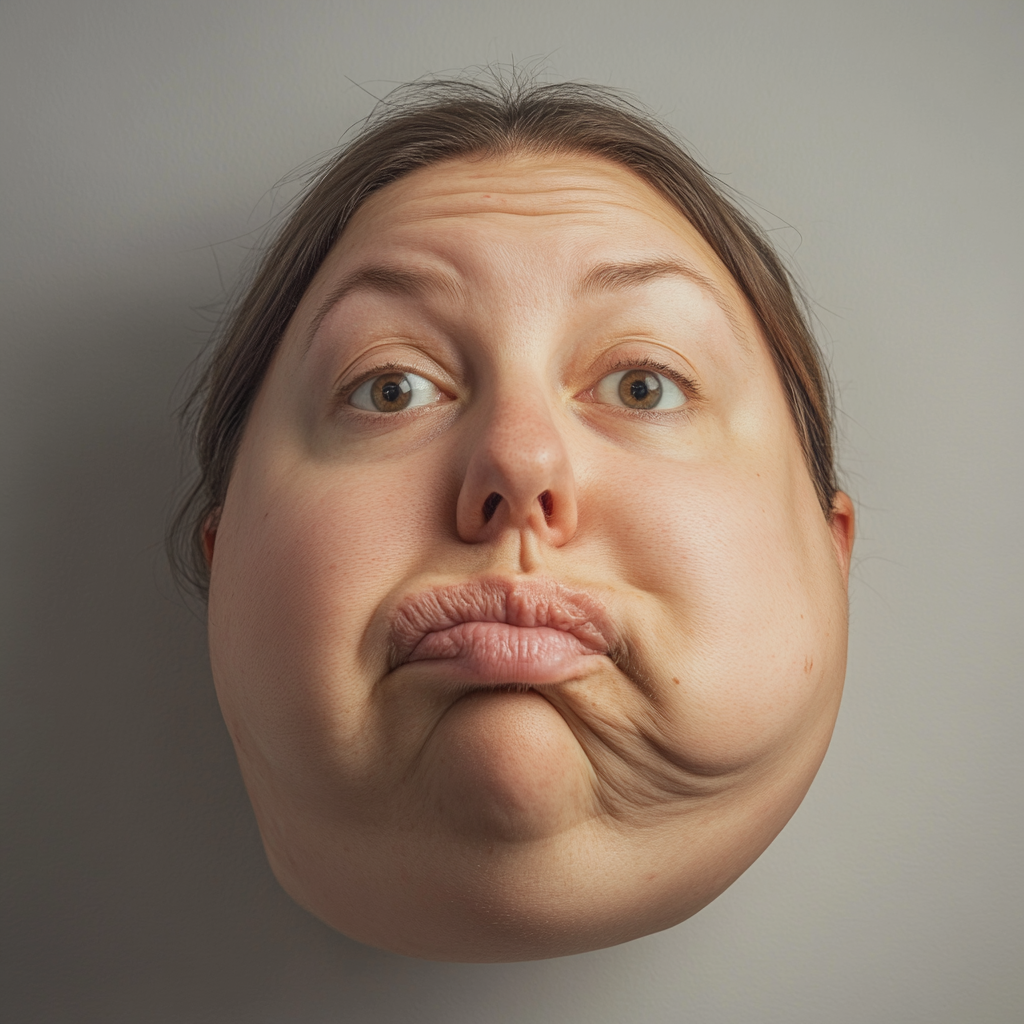
Managing stress levels is crucial for overall health, particularly in preventing increased fat and water retention in the face. Chronic stress contributes to hormonal imbalances, which can exacerbate these issues and lead to a puffy appearance. Furthermore, high stress often leads individuals to engage in unhealthy coping mechanisms, such as emotional eating, further aggravating weight gain. To mitigate these adverse effects on physical appearance, it is vital to adopt effective stress management techniques, such as mindfulness practices and regular physical activity.
What Cardio Exercises are Effective for Slimming Down Your Face?
Incorporating cardio exercises into your routine is essential for effectively slimming down your face. Activities such as running and cycling can help increase overall fat burning, which may lead to a more defined facial structure. Additionally, engaging in high-intensity interval training (HIIT) sessions can accelerate the metabolism, providing a comprehensive approach to weight reduction that benefits the entire body, including the face. Lastly, keeping hydrated during these workouts can enhance skin elasticity and maintain a youthful appearance.
How to Perform Facial Exercises for Better Results?
Proper technique and consistency are essential to achieving better results from facial exercises. To focus your efforts effectively, begin by identifying the target areas, such as the, or. Perform each exercise with intention, ensuring that you. Set aside dedicated time each day to practice, allowing for gradual progress and improved muscle tone.
Additionally, consider incorporating before starting your routine to enhance circulation. Hydration is also crucial, as it supports skin elasticity and overall appearance. Monitor your progress, making adjustments as necessary, to cultivate a sense of achievement and motivation.
How Does Diet Affect Excess Facial Fat?
The relationship between diet and excess facial fat is significant and multifaceted. A diet high in processed foods and sugars can lead to increased fat accumulation in the face. Moreover, excessive sodium intake can cause water retention, further accentuating facial fullness. This accumulation of fat and fluid not only impacts physical appearance but can also affect self-esteem. Transitioning to a balanced diet rich in whole foods, including fruits and vegetables, can aid in reducing facial fat and promoting overall health.
What Diet Tips Can Help You Lose Facial Fat?
To effectively lose facial fat, incorporating specific diet tips is essential. Firstly, it is crucial to maintain a balanced diet rich in whole foods, including fruits, vegetables, and lean proteins, which can aid in overall fat loss. Secondly, reducing sodium intake is important, as it minimizes water retention, leading to a more defined facial structure. Additionally, staying well-hydrated can help flush toxins from the body, further enhancing the appearance of your face. Finally, limiting sugary and processed foods can prevent fat accumulation.
In conjunction with these dietary changes, regular physical activity can bolster your efforts. Focusing on cardiovascular exercises, such as running or cycling, can assist in burning calories that contribute to fat loss. Furthermore, incorporating strength training can help build muscle and boost your metabolism, leading to more effective fat-burning. Consistency in these approaches is key to achieving a slimmer facial appearance.
How to Reduce Alcohol Consumption for Facial Fat Loss?
To effectively reduce alcohol consumption for facial fat loss, it is crucial to adopt mindful drinking habits. Start by establishing clear personal limits on your alcohol intake, ensuring that you consume alcohol only on special occasions rather than on a regular basis. Additionally, consider substituting high-calorie alcoholic beverages with healthier options, such as water or herbal teas, which can help minimize overall calorie consumption.
Moreover, focus on engaging in physical activities that promote weight loss and overall health. This will not only help burn calories but also counteract some of the effects of alcohol on facial fat. By implementing these strategies, you can achieve a more toned and defined facial appearance.
Can Processed Foods Lead to Excess Facial Fat?
Research indicates that processed foods can contribute to the accumulation of excess facial fat. These foods often contain high levels of added sugars and unhealthy fats, which can disrupt normal metabolic processes and lead to weight gain. Furthermore, the lack of essential nutrients in many processed options can negatively affect overall health and exacerbate facial bloating. Ultimately, a diet rich in whole foods may be more beneficial for maintaining a defined facial structure and promoting a balanced weight.
What Lifestyle Changes Can Help You Lose Face Fat?
Targeted lifestyle changes are essential to effectively reduce face fat. Incorporating a balanced diet rich in fruits, vegetables, and lean proteins can significantly improve overall body composition. Additionally, engaging in regular cardiovascular exercise not only aids in weight loss but also promotes facial fat reduction. Staying adequately hydrated is crucial, as water supports metabolism and helps flush out toxins. Moreover, ensuring you get enough sleep aids in maintaining hormonal balance, which can prevent weight accumulation on the face.
How Does Getting Enough Sleep Impact Facial Fat?
Getting enough sleep plays a critical role in maintaining a healthy body and, consequently, affects facial appearance. Insufficient sleep can lead to increased levels of cortisol, a stress hormone that contributes to fat accumulation, particularly in the face. This can result in a puffy or bloated appearance, undermining one’s overall facial structure. Furthermore, sleep deprivation disrupts the body’s natural processes for repair and regeneration, hampering collagen production, which is essential for skin elasticity and firmness. Ultimately, prioritizing sleep is essential for achieving a more defined and youthful facial contour.
What are Effective Tips to Manage Weight and Face Fat?
To effectively manage weight and reduce face fat, adopting a holistic approach is essential. First, incorporate a balanced diet rich in whole foods, lean proteins, and healthy fats. This not only aids in overall weight loss but also specifically targets facial fat. Additionally, maintain hydration by drinking an adequate amount of water daily; dehydration can lead to water retention, causing puffiness in the face. By being mindful of these strategies, individuals can achieve noticeable and lasting results in their weight management journey.
How Can Hydration Help Reduce Face Fat?
Hydration plays a crucial role in managing face fat and enhancing overall facial aesthetics. When the body is adequately hydrated, it facilitates optimal metabolic functions, which can help in reducing excess fat deposits in the face. Furthermore, dehydration can lead to water retention, causing the face to appear puffier.
By consuming sufficient water, individuals may notice a decrease in facial bloating, resulting in a more defined jawline and cheekbone structure. Additionally, proper hydration promotes skin elasticity and health, contributing to a smoother and more youthful appearance.
Does Water Before a Meal Help with Weight Management?
Research indicates that drinking water before a meal can assist with weight management. By consuming water beforehand, individuals may experience reduced hunger, leading to smaller portion sizes and lower calorie intake. This practice can enhance feelings of fullness, helping to regulate appetite effectively.
Furthermore, incorporating water into one’s pre-meal routine may encourage healthier eating habits overall. The simple act of hydrating oneself prior to a meal fosters mindfulness, potentially steering individuals away from impulsive food choices that contribute to weight gain.
What is the Impact of Water Retention in the Face?
Water retention in the face can be physically and psychologically distressing. Manifesting as noticeable swelling, it can significantly alter one’s appearance, leading to feelings of self-consciousness or embarrassment. This condition, often resulting from dietary choices, hormonal fluctuations, or various medical issues, can also indicate underlying health problems. Furthermore, persistent facial bloating may disrupt daily activities and social interactions, emphasizing the importance of addressing both the symptoms and the root causes of this troubling issue.
Additionally, the implications of water retention extend beyond mere aesthetics. Individuals may experience discomfort, tightness, or pain, complicating their quality of life. It is crucial to recognize that while temporary, these symptoms can serve as vital signals from the body, necessitating professional evaluation. Ignoring these signs may lead to chronic conditions, thus reinforcing the need for awareness and proactive management of hydration levels and lifestyle factors that contribute to this phenomenon.
What Common Mistakes Should You Avoid in Your Journey to Lose Facial Fat?

In your pursuit of reducing facial fat, it’s crucial to avoid certain common pitfalls that can hinder your progress. Relying solely on crash diets may lead to rapid weight loss, but they often result in muscle loss and a lack of essential nutrients, which can affect your overall health. Neglecting consistency in exercise can significantly impede results; sporadic workouts fail to establish a caloric deficit necessary for fat loss. Adhering to a balanced approach is key to achieving sustainable and healthy results.
How Can Lack of Sleep Lead to Weight Gain and Facial Fat?
Lack of sleep can significantly disrupt the body’s hormonal balance, leading to increased levels of ghrelin, the hunger hormone, while simultaneously decreasing leptin, which signals satiety. This imbalance can cause individuals to crave high-calorie foods, contributing to weight gain. Moreover, sleep deprivation promotes poor metabolic function, making it more difficult for the body to efficiently burn fat. Consequently, over time, these factors can culminate in the accumulation of facial fat, further affecting one’s overall appearance and health.
What Habits Increase the Likelihood of Facial Fat Accumulation?
Certain habits and lifestyle choices significantly influence facial fat accumulation. For example, a diet high in processed foods and sugars can lead to increased fat deposits on the face. Additionally, a lack of physical activity contributes to overall weight gain, including facial fat. Poor hydration and inadequate sleep can also exacerbate the issue, as both are crucial for maintaining healthy metabolism and skin elasticity. Understanding these factors is essential for effective management of facial fat and overall well-being.
Can Overall Body Weight Affect Facial Fat?
Overall body weight can significantly influence the distribution of facial fat, leading to noticeable changes in appearance. As individuals gain or lose weight, the accumulation or reduction of fat in the face may become evident, affecting features such as the cheeks and jawline. High levels of body fat often correlate with a fuller face, while weight loss can result in a more defined structure. Understanding this relationship is essential for those seeking to achieve a balanced aesthetic through weight management.
What are the Connections Between Body Fat and Facial Appearance?
Body fat plays a significant role in influencing facial appearance, as the distribution of fat across the face can affect its overall structure and perception. Increased levels of subcutaneous fat can lead to a softer, fuller appearance, which may be associated with youthfulness, while reduced fat can result in a more angular or gaunt look. Additionally, the presence of facial fat can impact skin elasticity and the visibility of facial contours, further altering how one is perceived socially and aesthetically.
Moreover, body composition extends beyond mere aesthetics; it can also reflect underlying health conditions. Changes in body fat levels can signify metabolic issues or hormonal imbalances, which may be visually correlated with the face. Maintaining a healthy balance of body fat is essential not just for overall health, but also for preserving a youthful and vibrant facial appearance.
How Does Reducing Overall Body Fat Help Slim Down Your Face?
Reducing overall body fat is essential for achieving a slimmer face, as it directly impacts the distribution of fat across the body. When body fat is minimized, facial features become more defined, leading to more prominent cheekbones and a sharper jawline. This transformation occurs because the body tends to lose fat from various areas, including the face, as a result of an overall reduction in body weight.
Moreover, excess fat around the cheeks and chin can create a fuller appearance that may not reflect an individual’s true physique. Therefore, a committed approach to weight loss, including a balanced diet and regular exercise, can facilitate a more sculpted visage. Consequently, achieving a leaner body translates to a noticeable difference in facial aesthetics.

